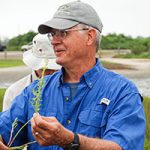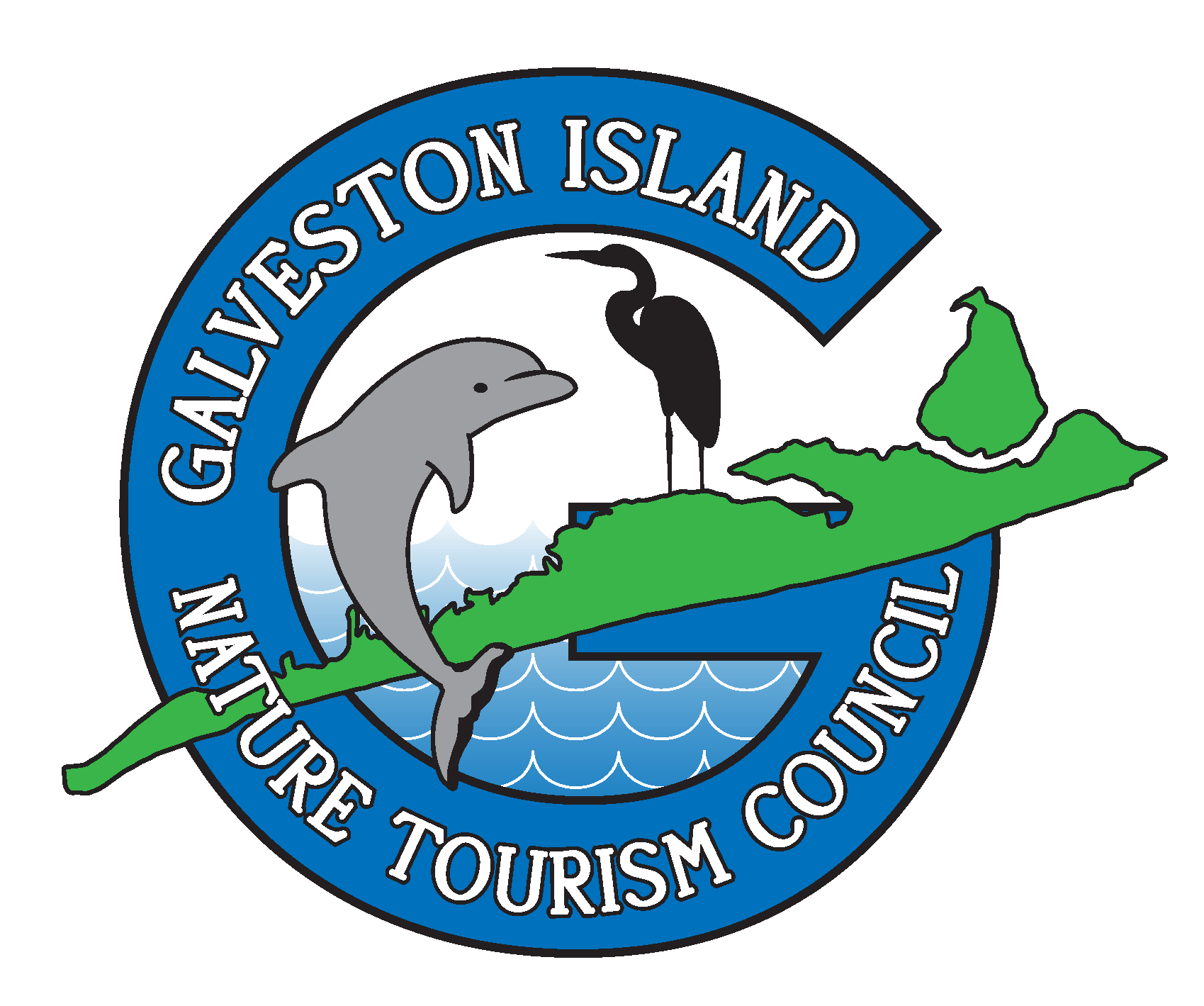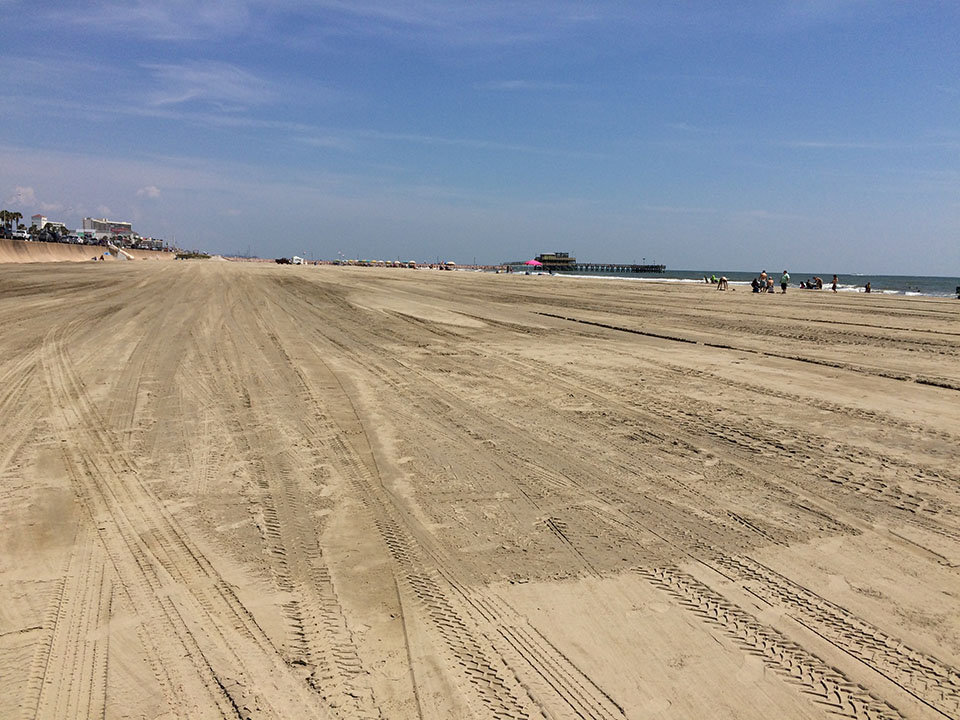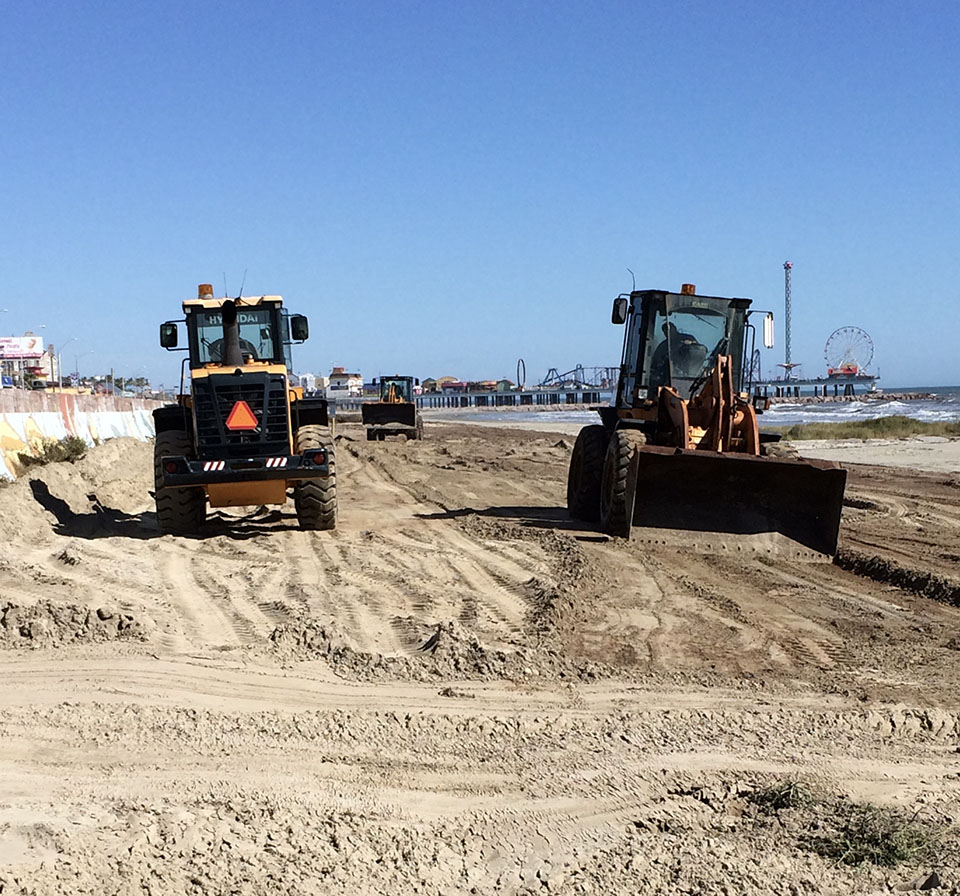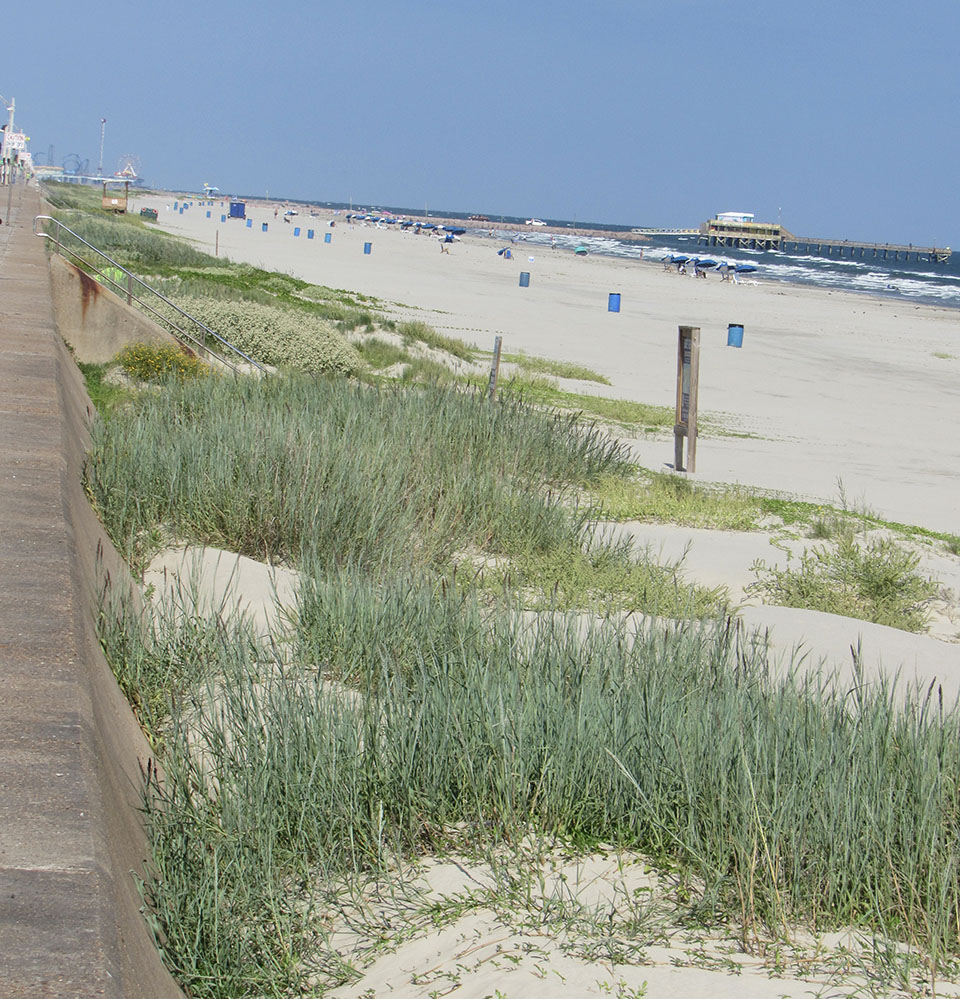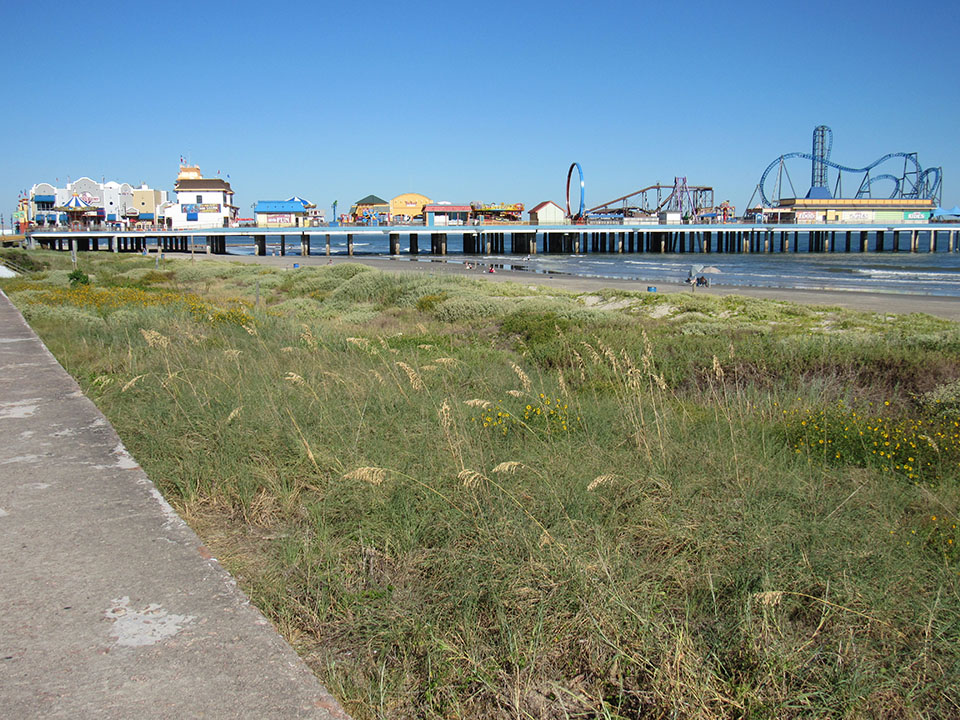by Steve Alexander
Every so often, Galveston’s beachfronts go through a process called beach nourishment. It’s meant to undo the effects of erosion by moving sand from a place where it is plentiful to a beachfront where it is needed.
This process created Babe’s Beach west of 61st Street in 2015 (see photo) and beaches west of 25th Street in 2017 (see photo). I recently visited each beach to see how they’ve since fared.
Both beaches remain wide and functioning and still attract tourists. Their longevity suggests beach nourishment can work — and without major tropical disturbances should provide additional years of usefulness, most notably through the widespread buildup of sand dunes in front of the seawall.
In many areas along the beachfront where nourishment was done, dunes are now prevalent, and in some areas reach the top of the 15-foot seawall.
West of 61st Street, dunes are well developed (see photo) and extend to 75th Street. Good dune development also has occurred east and west of 53rd Street.
But dune development west of 25th Street is most impressive. There, dunes are extensive, wide and heavily vegetated (see photo).
So how did this happen?
After sand was spread over nourishment sites, not all sand stayed in place. A significant portion moved shoreward, driven by southerly winds. Sand then accumulated around objects like seaweed to build mounds. Plants colonized these mounds and grew slowly over time to form heavily vegetated dunes. (I described the natural process of dune building in a previous blog.)
So, while enough sand remains in place to provide wide areas of beachfront, it’s obvious that loads of sand moved landward to feed the natural process of dune building.
Dune building, then, represents an added benefit of beach nourishment. Wide, lush dunes now front the seawall in many places, offering a natural wall of protection — a first line of defense in front of the 15-foot man-made seawall. This wall of defense has another practical use, providing food and cover for a variety of wildlife. And the natural beauty it lends to our beachfront is pretty great, too.
Steve Alexander
Steve Alexander teaches wetlands management at Texas A&M University at Galveston and is a former member of the Board of Directors of the Galveston Island Nature Tourism Council. He is the author of Exploring Galveston: A Naturalist’s Guide to the Island.
